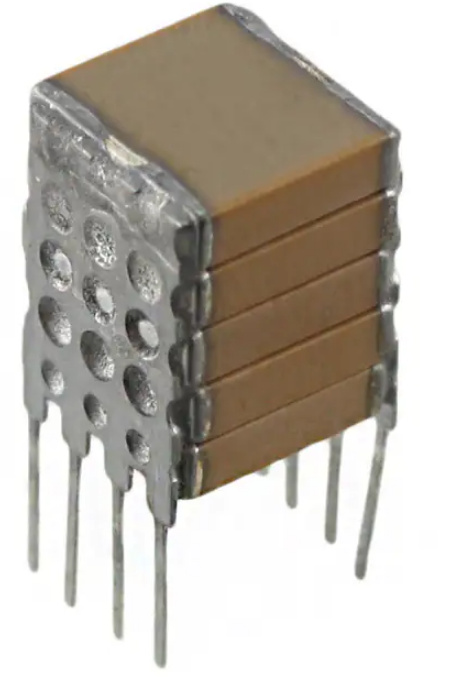I have a PCB that has only one footprint for decoupling capacitors per opamp supply rail. I'd like to add another capacitor in parallel and thought of "stacking" two 0.1uF and 10uF ceramic capacitors (1206). I've tested the stacking method and the connection seems good when measured with a multimeter. However, I only have a single PCB and thought I would ask her for the pros and cons of doing such a hack job first.
What are the pros and cons of stacking capacitors for supply rail decoupling?
Is there any practical difference between stacking capacitors on a single footprint vs multiple footprints in parallel?




